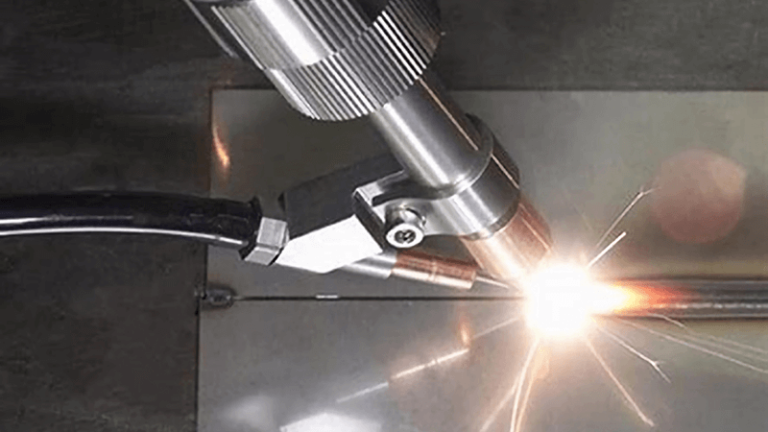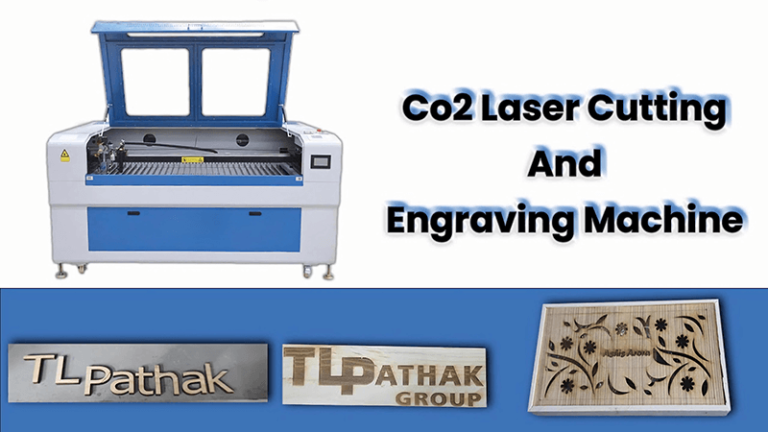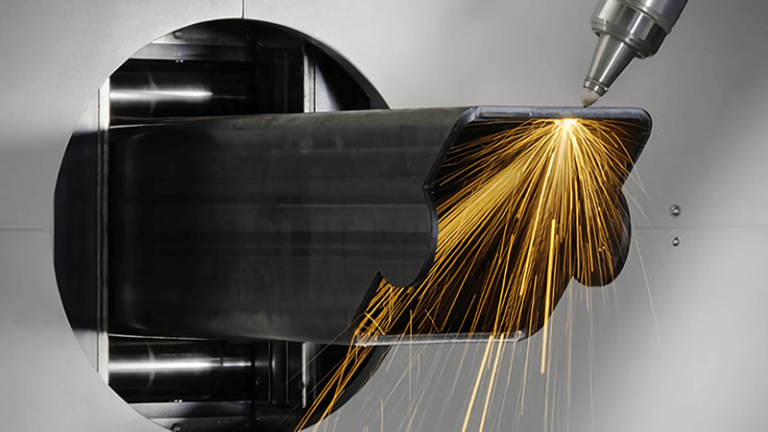What is Lasermark Technology?
Picture this: You're holding a sleek piece of metal, and on it is a crisp, indelible mark. That’s the magic of lasermark technology. But what exactly is it, and why does it matter? Let's dive into the world of laser marking and uncover its secrets.
Lasermark technology is a process that uses a concentrated beam of light to create precise, permanent marks on a variety of materials. This technique has evolved significantly over the years, becoming an indispensable tool in many industries. From simple barcodes to complex designs, laser marking offers unparalleled precision and versatility.
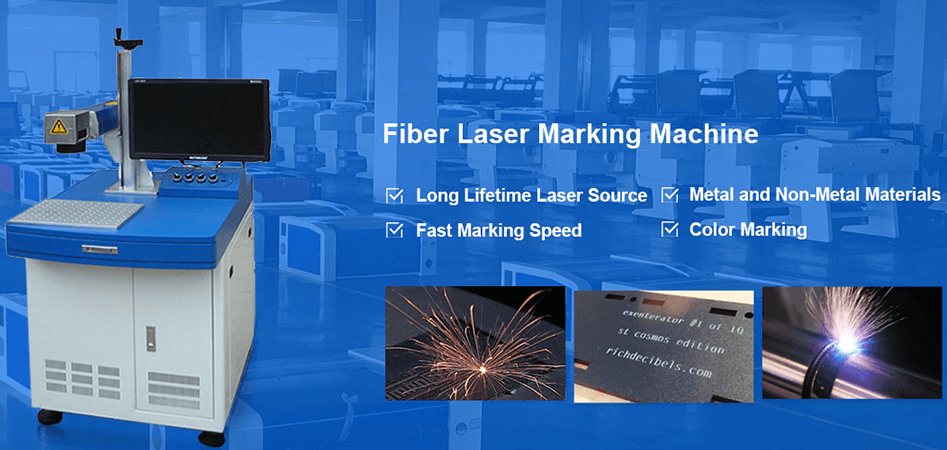
Why is Lasermark Technology Important?
You might be wondering, why should I care about lasermark technology? Well, if you're in the business of manufacturing, quality control, or even branding, laser marking is a very good technology.
Lasermark technology is important because of its versatility, precision, and efficiency. Whether you’re marking metals, plastics, or ceramics, this technology ensures that your marks are durable and resistant to wear. It’s a key player in industries like automotive, aerospace, and electronics, where quality and traceability are non-negotiable. In the following you will have a full understanding about it.
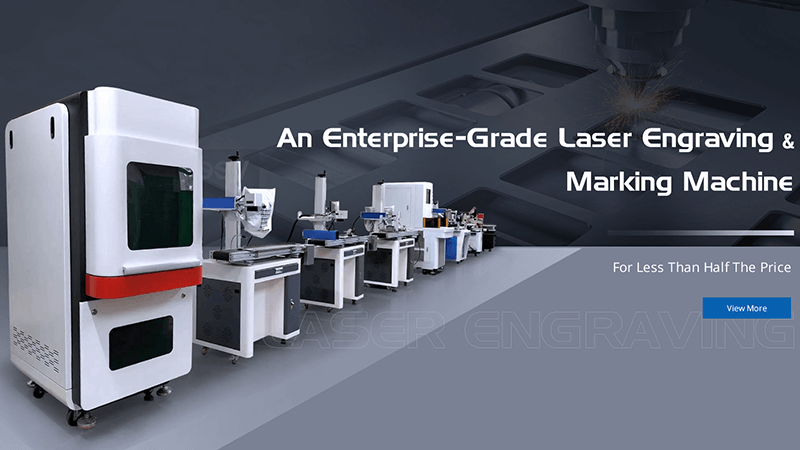
Types of Lasermark Technology
Not all laser marks are created equal. Depending on your needs, you might choose from different types of lasermark technology. Let me break it down for you:
- Fiber Laser Marking: This is your go-to for metals and high-contrast marks. It’s fast, reliable, and perfect for industrial applications.
- CO2 Laser Marking: If you’re working with non-metals like wood, glass, or plastics, CO2 lasers are your best bet. They’re highly versatile and widely used in packaging and signage.
- UV Laser Marking: Need something gentle? UV lasers are ideal for delicate materials like silicon wafers and certain plastics. They produce minimal heat, reducing the risk of damage.
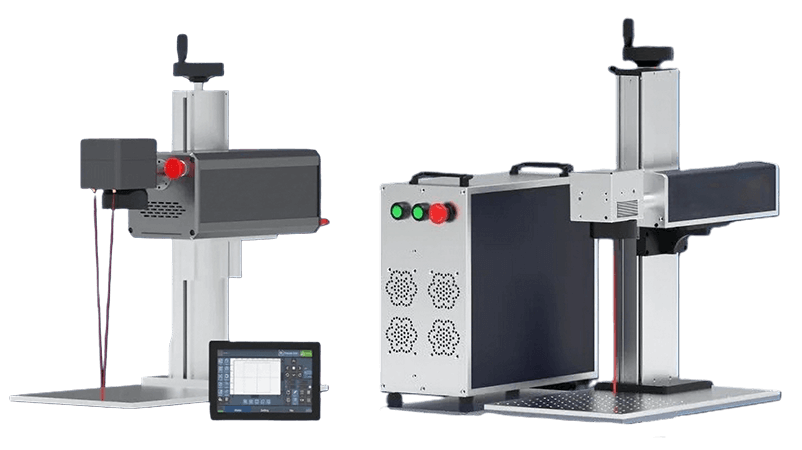
How Does Lasermark Technology Work?
At its core, lasermark technology is all about harnessing the power of light. A laser beam, usually generated by a laser source, is directed at the material to be marked. The heat from the laser alters the surface, creating a visible mark. Simple, right? But there's more to it.
The quality of a laser mark depends on several factors, including the material's properties, the laser's wavelength, and the speed of marking. Understanding these variables is crucial for achieving the best results, especially when dealing with high-precision requirements.

Applications of Lasermark Technology
Lasermark technology isn’t just for one specific industry; it’s a jack-of-all-trades. Here are some areas where it shines:
1>. Lasermark on Automotive Industry
Parts Identification: Laser marking is used to identify automotive components such as engine parts, chassis numbers, and transmission systems. The technology allows for traceability and anti-counterfeiting, ensuring product quality and safety.
2>. Lasermark on Medical Devices
Surgical Instruments and Implants: Laser marking technology is employed to mark medical devices such as surgical instruments, implants, and diagnostic equipment. The high precision and corrosion resistance of the marks ensure the long-term use and safety of medical equipment.
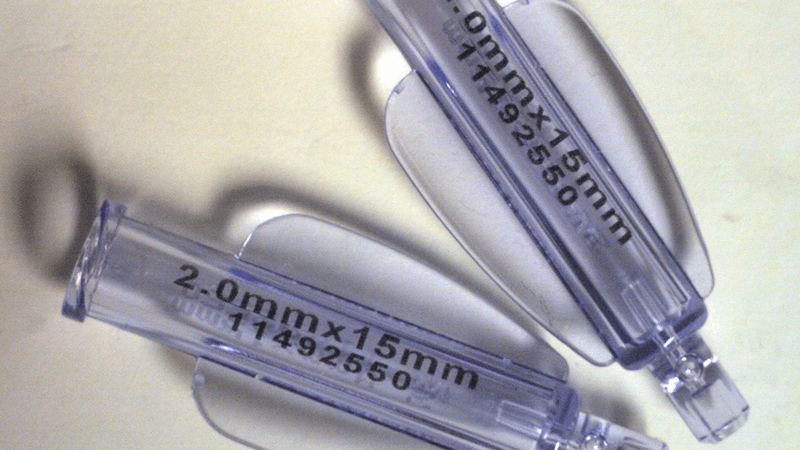
3>. Lasermark on Electronics and Semiconductor Industry
Component Marking: Laser marking is widely applied for marking electronic components and semiconductors like circuit boards, chips, and capacitors. The precision of laser marking enables high-contrast labeling on tiny components, aiding in product tracking and quality control.
4>. Lasermark on Packaging and Labeling
Food and Pharmaceutical Packaging: Laser marking technology is used to mark expiry dates, batch numbers, and barcodes on food and pharmaceutical packaging. Compared to traditional inkjet printing, laser marking is more environmentally friendly and offers permanent, non-erasable marks.
5>. Lasermark on Aerospace
Part Identification and Tracking: In the aerospace industry, laser marking is used to identify and track aircraft components. Due to the strict quality requirements of aerospace parts, the durability and precision of laser marking are particularly suitable for this field.
6>. Lasermark on Jewelry and Luxury Goods
Personalized Engraving: Laser marking technology is used for personalized engraving on jewelry and luxury goods, such as engraving serial numbers and patterns on metals, gemstones, and high-end watches. This technology not only ensures precision but also avoids damaging the material.
7>. Lasermark on Advertising and Signage
Signage Production: Laser marking is employed in producing high-quality signage and advertising materials, such as metal nameplates, wooden signs, and plastic plaques. Laser marking can be customized with complex designs as per customer needs and ensures high durability.
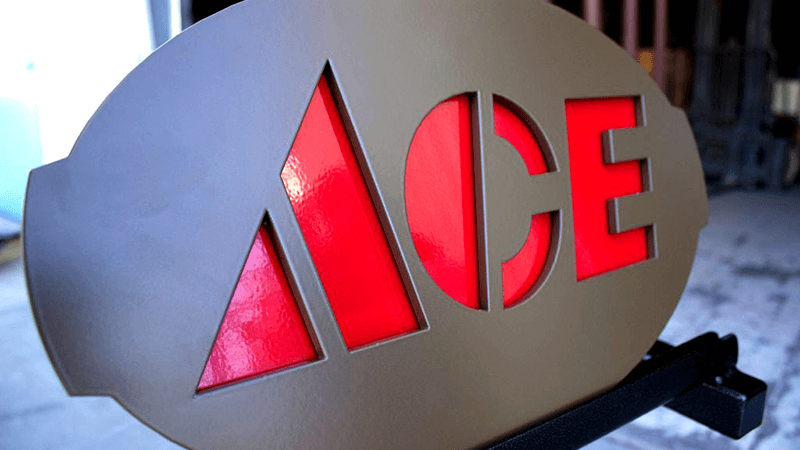
Advantages of Using Lasermark Technology
Why should you consider switching to laser marking if you haven’t already? There are plenty of reasons, but let's focus on the highlights.
One of the main advantages of lasermark technology is the durability and longevity of the marks. Unlike ink-based methods, laser marks are resistant to fading, scratching, and chemical exposure. This makes them ideal for environments where durability is critical.
Another big plus is cost-effectiveness. While the initial investment in a laser marking machine might be higher, the long-term savings are significant. There are no consumables like ink or chemicals, and maintenance costs are relatively low.
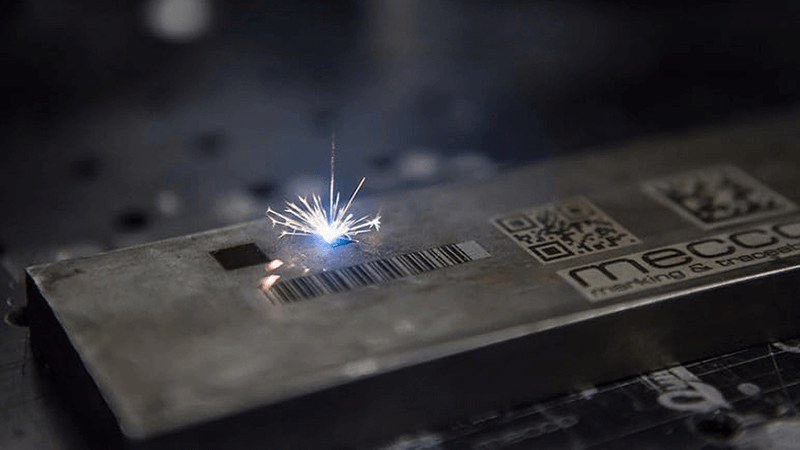
Choosing the Right Lasermark Technology for Your Needs
So, how do you choose the right laser marking technology? It’s all about matching the technology to your specific needs. Here’s what you should consider:
- Material: What are you marking? Metals, plastics, ceramics? Each material has its own set of requirements.
- Marking Speed: How fast do you need to mark? High-volume production might require a faster laser.
- Detail and Precision: Are you marking something intricate or straightforward? Fiber lasers, for example, offer high precision for detailed work.
Common Challenges and How to Overcome Them
Like any technology, laser marking has its challenges. But don’t worry; most issues can be easily addressed with the right knowledge.
Material compatibility is one of the most common challenges. Not all lasers work well with all materials, so it's essential to choose the right type of laser for your specific application. Additionally, regular maintenance is crucial to keep your laser marking machine running smoothly and efficiently.
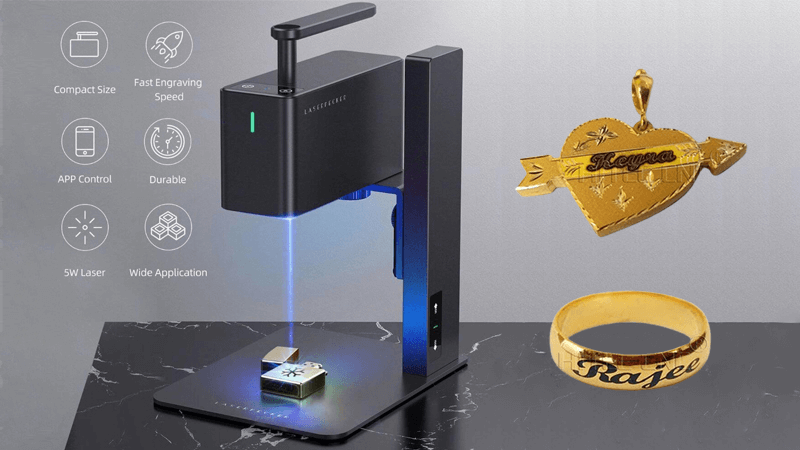
Future Trends in Lasermark Technology
The world of laser marking is constantly evolving, and staying ahead of the curve is essential. So, what’s next for lasermark technology?
We’re seeing exciting innovations like 3D laser marking, which allows for more complex and multi-dimensional marks. There’s also a growing focus on eco-friendly technologies that reduce energy consumption and waste. At Kirin Laser, we’re committed to embracing these trends and delivering cutting-edge solutions to our clients.
Conclusion: Is Lasermark Technology Right for You?
Lasermark technology is a powerful tool that can enhance the quality, durability, and efficiency of your products. Whether you’re in manufacturing, medical, or any other industry that demands precision, laser marking offers unmatched benefits.
If you’re ready to take your marking process to the next level, we at Kirin Laser are here to help you find the perfect solution. Let’s make your marks last a lifetime.
Here I wrote some article about laser marking machine for your checking.
1>. The Ultimate Guide to Laser Marking Machines: Types, Uses, and Benefits.
2>. Top Benefits of Using an Engraved Laser Machine for Your Business.
3>. Top Laser Marking Machines for Metal Applications.
4>. Top Trends in Laser Marking for 2024.
5>. How to Achieve Precision Laser Marking on Metals?.
References:
1>. "How Does Laser Marking Work in 5 Steps", from Laserax.
2>. "Laser marking at a glance", from Trumpf.
3>. "What Are the Differences Between Laser Marking, Laser Engraving and Laser Etching?", from TYKMA Electrox.


